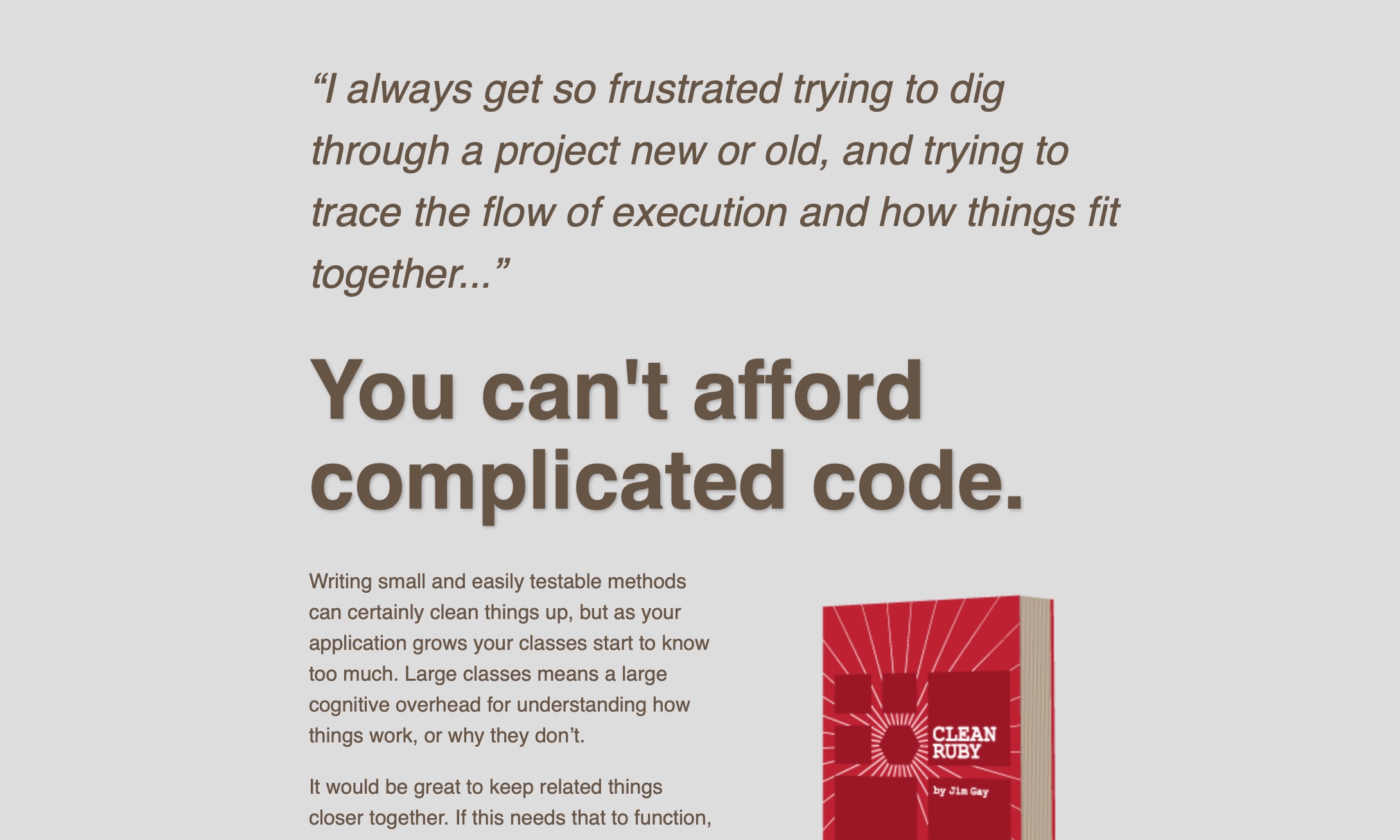I Don't Know If My Page Is Any Good
Are you in one of these situations?
“I have a draft of my product page. I listed the benefits, described what it is the product does. Added some photos. It looks professional. But will it work? I could invest more time improving it, but I’m not sure it’s going to be worth it. I don’t have a budget for a designer to redo it better, but even if I did, how do I know what works in a product page?”
“My service offering page is ready. I describe what I do, how I can help, I describe my process and I have some testimonials. But will it work?”
You want to make a good pitch. You want your pitch to resonate, to create some customers, and to have the word spread. If it goes well, you’ll get sign-ups, new contacts, more buzz, new sales.
So to know if your page (your landing page) will do the job, we’ll answer two questions:
- What does a landing page do?
- What makes a good landing page?
What Does a Landing Page Do?
A landing page is meant to…
Convince?
Convince visitors into buying?
Convince visitors into subscribing?
If you’re like me, trying to convince someone to buy something feels like there’s something missing.
Instead, we could look at it through another lens.
A landing page is meant to…
Help.
Help someone who is experiencing pain and wants a way out.
Help someone who wants to make progress on a next step.
What Makes a Good Landing Page?
If the purpose of a landing page is to help, what are the properties of a good landing page?
1. A good page shows you understand the pain
Having a problem isn’t quite enough to cause a person to seek a solution. The person must be experiencing some kind of pain. The push of the pain has to be strong enough for them to get off their seat and do something about it.
To show that you understand your visitor’s pain, start by describing a painful, annoying situation (with vivid details) that your product or service helps resolve.
Something like this:
2. A good page catches the visitors in what they were doing right before
Just like the page itself should welcome your visitor with a description of the situation that brought them there (their pain), every section of the page should build on the previous section.
What the visitor read just before, thought just before, looked at just before, your page should catch them and flow to the next thing to do about that.
Your visitors might also hesitate at one point. And so they’ll slow down and think. Make sure that you anticipate the visitor’s mental back-and-forth at each point in the page.
3. A good page is fine with people who scroll and scan
Since your visitors will surely scroll and scan, make sure your page will allow for that.
But you know what’s great? You can be saying the same thing in multiple ways, from different angles, and people who scroll and scan will stop when it looks enticing enough to read.
So switch to using a longer page. You’ll have multiple shots at making your point and you will allow people to scroll and scan as they normally would anyway.
4. A good page can be found
As your visitors are experiencing their pain, they’ll be searching for a solution. What they’ll type in the search box, that’s the words they’ll carry in their mind as they click to your page.
So to make sure your page will be found, make sure you anticipate the language your visitors will have in their mind. Maybe they’ll search for a blog post of yours, or they will search for an old email newsletter you sent them. The words they will be using to find you, use those words in your writing.
In the coming weeks, we’ll have an article dissecting a quality landing page (like the one in the image above), so we can see how a good landing page works in action.
In the meantime, be sure to check out this article about who your real competitor is (it’s not who you think it is). It will surely help you craft your landing page even more.
Stay Sharp!
—
Pascal Laliberté
@pascallaliberte
